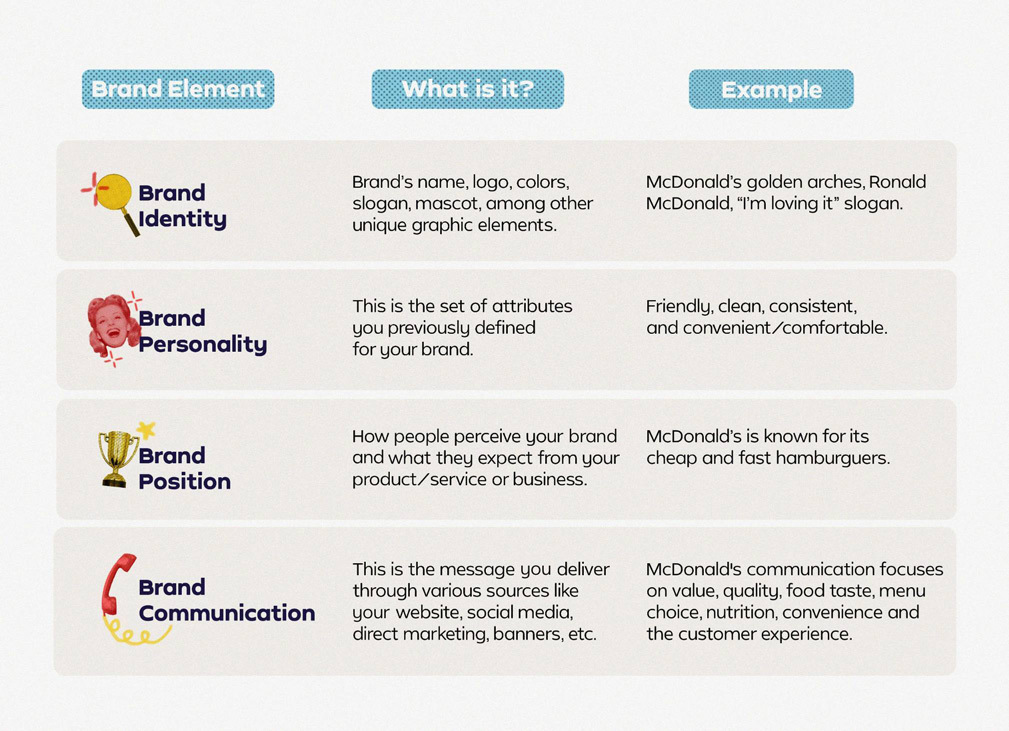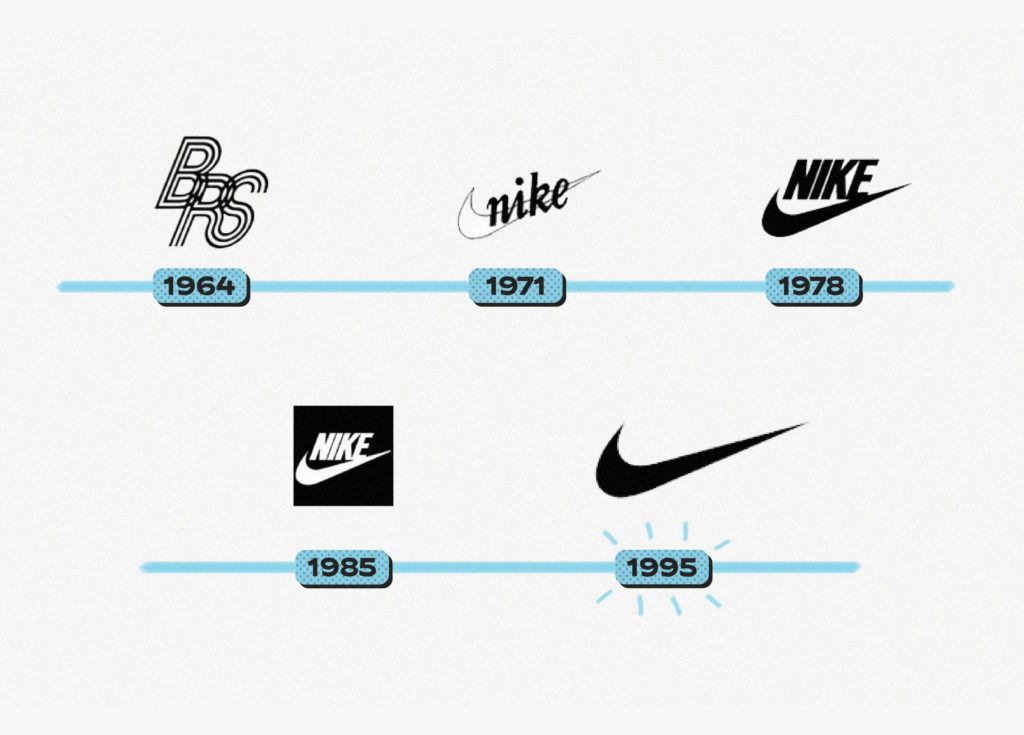Branding is essential for all types and sizes of businesses. It enables companies to stand out from their competitors, create familiarity with customers and prospects, and build loyalty.
Branding allows us to associate specific colors, sounds, illustrations, and slogans with a business/product. For example, McDonald’s famous golden arches, Coca Cola’s distinctive curved white lines over a red background, FedEx’s purple and orange colors, and Nike’s “Just do it” slogan are enough to help us remember the companies they represent.
Your local businesses can leverage branding to leave a lasting impression on your customers and stay top of mind, just like Coca-Cola, McDonald’s, FedEx, and Nike. The only difference is that your strategy and messaging should focus on your local community, unless you tant to scale up eventually.
If you’re all in to create a successful brand identity for your local business, you’ve come to the right place. Keep reading as we share the fundamentals of branding for beginners.
What Is Branding All About?

Branding consists of establishing the look and feel of your business. It entails your logo design, colors, tone, voice, font styles, graphic elements, slogans, and even sounds/jingles.
All these elements are created based on two things: your brand attributes (a.k.a. Brand personality) and the preferences of your target audience. Your brand should be the perfect balance between both of these.
Consistent brand representation across all platforms increases revenue by up to 23%
So, while a hot pink might be your favorite color, it might not make sense for your business nor appeal to your customers. In that case, you should rethink your color palette and keep the pink for your home decor. On the other hand, if research shows that your clients click with the pink color, use it across your brand.
Note: If you think of your brand as a person, its attributes would be personality traits such as being funny, curious, creative, professional, or knowledgeable.
Why Do People Prefer One Brand Over Another?
As consumers, we will always find some brands more appealing than others. Some brands match our personality, and others don’t.
Have you ever thought about why you like Mac over Windows or vice versa? Some users prefer Windows because Mac’s “apple ecosystem” prevents them from connecting their devices to other brands, and it’s overpriced. Others prefer Mac because they have a more streamlined and easy-to-use interface.
In other words, our preference for one brand over another is tightly related to whether or not we’re the brand’s target market.
What Are The Key Elements of Branding?
Successful brands are composed of various elements, including the brand personality, identity, position, and message. Each defines who your brand is, how it looks and communicates, and how it’s perceived. Below we summarize how each element can give life to your brand while using McDonald’s as an example:

What Is a Rebranding and Why Is It Important?
Rebranding consists of refreshing and adapting your brand according to the latest business and industry needs, including the following:
- New technologies: Focusing your marketing efforts online requires mobile-friendly logos that are readable and easy to identify.
- Target personas: Evangelizing a new target audience, such as the millennials, who are your future customers, requires a more minimalistic approach.
- New Products/Services: Diversifying your product/service portfolio may require refreshing your brand to communicate/represent your new services/products.
- New brand attributes: Changes in technology or culture may lead your business to add or eliminate brand attributes to adapt to the latest trends (i.e., inclusivity, environmental consciousness, social media, online videos)
Rebranding is an opportunity to keep things “fresh.” It allows businesses to conquer new markets without being forgotten by their current loyal customers – because, as the name suggests, these clients are already your ride or die.
A brand refreshment doesn’t mean that your customers won’t identify your business. Instead, it means that your brand will endure through time. To illustrate, some of the most known brands such as Starbucks, Nike, and McDonald’s have refreshed their brands at least once, and as we’ve seen, we still remember their names and what they represent.


How Can Local Businesses Create an Ever-Lasting Brand?
Creating a brand that communicates what you offer and connects with your ideal client is a matter of strategy.
Before creating your brand, you’ll need to know your potential customers and what they like, how you want your business to be perceived, and your goals.
After, you’ll need a creative designer who knows how to put all the pieces together and communicates precisely that. This way, your brand will resonate with your ideal customers, helping develop a connection with the people who will help you grow your business.
In other words, don’t leave your branding efforts to chance. Instead, ensure your brand, including your tone, voice, logo, colors, slogan, website, or social presence, are all aligned.
If you need help developing your brand or require an assessment to evaluate your current branding efforts, contact us. Our team will be happy to help you create a brand identity that helps propel your business.
a

Article by Francis Espinoza
Francis is a Social Media Manager here at Olly Olly. Born and currently based in Nicaragua, her professional background and passion are all things inbound marketing. Like what you read? Send Francis a message here.

